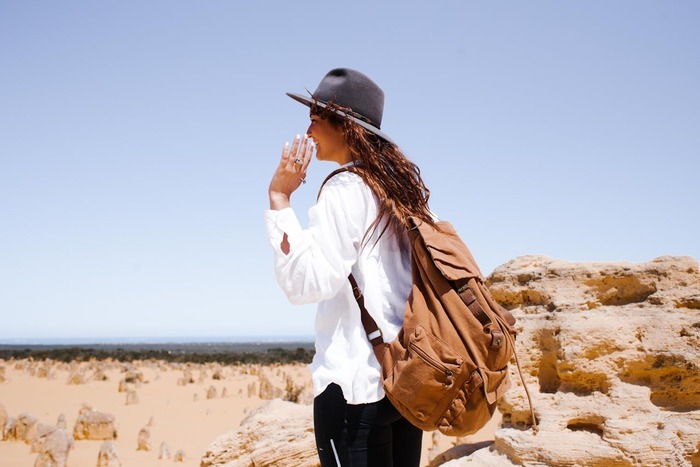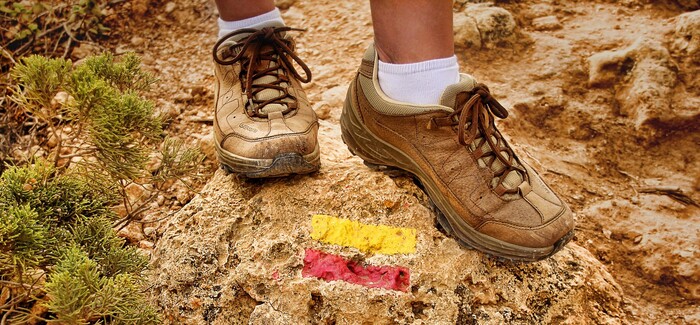
Summer hiking can be incredibly rewarding: clear skies, blooming landscapes, and longer days mean more time on the trail. But as temperatures climb, the risk of overheating, sunburn, and dehydration increases. Choosing the right clothing can make your outdoor adventure more enjoyable. Here’s how to stay cool, protected, and comfortable when hiking in hot weather.
Choose breathable fabrics, light colors, and loose fits
In hot weather, your body produces more sweat to regulate temperature, and what you wear has a big impact on how effectively that moisture evaporates. Choose breathable, moisture-wicking fabrics like polyester, nylon, or merino wool. These materials help sweat evaporate quickly, keeping you dry and reducing the risk of chafing or skin irritation. Avoid cotton, which holds moisture and dries slowly, making you feel damp and uncomfortable.
Equally important are color and fit. Light-colored clothing reflects sunlight and helps regulate your core temperature more effectively than dark colors, which absorb heat. Opt for loose-fitting garments that allow air to circulate around your body. Tight clothes can restrict airflow and trap heat, especially during intense uphill climbs or long hours in the sun.
Cover smart to stay cool
It might feel natural to wear as little as possible in the heat, but exposing your skin directly to strong sun can lead to burns, fatigue, and even dehydration. Long-sleeved shirts and full-length hiking pants made from ultralight, breathable fabrics can offer better overall comfort and protection. Many brands now offer clothing with built-in UPF ratings, which shield you from harmful UV rays while still allowing air to circulate and they have the added benefit of guarding against thorny vegetation, bugs, and trail dust.

Don’t forget to protect your head and eyes
Direct sun on your head and neck can cause discomfort, headaches, and even heatstroke during long hikes. A wide-brimmed hat or a hiking cap with a neck flap offers valuable shade, helping to keep your body temperature lower without the need for constant breaks. Don’t forget to wear UV-protective sunglasses because sunlight can be intense on reflective surfaces like rock, sand, or water, and prolonged exposure without protection can strain your eyes and lead to long-term damage.

Think about your feet
Your feet are working hard in hot conditions, so it’s important to choose footwear that helps, not hinders, your comfort. Lightweight, breathable hiking shoes or trail runners with mesh panels allow for better airflow, helping prevent overheating and reducing the risk of sweaty, swollen feet. Pair them with moisture-wicking hiking socks, preferably made from synthetic blends or merino wool, to keep your feet dry, reduce friction, and minimize the chance of blisters, even after hours on the trail.

Dressing smart for hot-weather hiking isn’t just about comfort, it’s about safety and endurance. With the right layers, materials, and accessories, you’ll be able to focus on the beauty of the trail, not the heat. Take a few minutes to prepare before you leave, and your future sweaty self will thank you.


